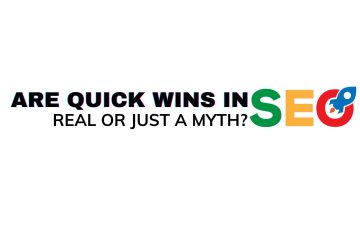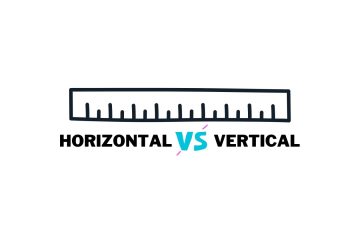Introduction
Have you ever wondered why your view-through conversion numbers are so high in Facebook Ads Manager? You’re not alone. Many advertisers see this happen, and it can be confusing and frustrating. In this blog post, I’ll explain why your Facebook view-through conversions numbers may be high and what you can do about it.
How View-Through Conversions Work
A view-through conversion is a conversion that occurs after someone sees your ad but without clicking on it. For example, someone might see your ad on Facebook but then visit your website later that day and make a purchase. Facebook Ads Manager attributes view-through conversions to the last ad that the person saw up to 24 hours before the conversion happened. This means that if someone sees your ad on Monday and then makes a purchase on Tuesday, Facebook will attribute the conversion to your ad, even if they didn’t click on it.
Why Your View-Through Conversion Numbers May Be High
- Conversion campaigns or dedicated retargeting campaigns: When you run conversion campaigns or dedicated retargeting campaigns, you’re targeting people who are already interested in your product or service. These people are more likely to convert, even if they don’t click on your ad.
- 1-day view attribution window: Facebook Ads Manager allows you to choose from a variety of attribution windows, including 1-day view, 7-day view, and 28-day view. The 1-day view attribution window is the most generous and will attribute more conversions to your ads.
- Running multiple campaigns: If you’re running multiple campaigns, the chances of someone seeing your ad multiple times increase. This can lead to higher view-through conversion numbers.
- Having a lot of returning visitors or buyers: If you have a lot of returning visitors or buyers, they’re more likely to see your ad multiple times. This can also lead to higher view-through conversion numbers.
- Auto-segmented targeting: Auto-segmented targeting allows Facebook to automatically segment your audience into different groups based on their interests and behavior. This can lead to more people seeing your ad, which can also result in higher view-through conversion numbers.
Read Also: 7 Essential Tips to Boost Your Facebook Ads Performance
What You Can Do About It
If you’re concerned about your high view-through conversion numbers, there are a few things you can do to address the issue:
- Use a longer attribution window: If you’re using a 1-day view attribution window, try switching to a longer attribution window, such as 7-day view or 28-day view. This will give you a more accurate picture of how your ads are performing and help you identify the actual impact of your ads on conversions.
- Target a wider audience: If you’re targeting a very narrow audience, your ads are more likely to be seen by the same people multiple times. This can lead to higher view-through conversion numbers. Try broadening your target audience to spread out the number of times people see your ad and reduce the likelihood of multiple view-through conversions from the same individuals.
- Use different ad creatives: People are likelier to tune it out if you repeatedly use the same ad creative. To combat ad fatigue and maintain user engagement, try using different ad creatives to keep people’s attention and make your ads more compelling.
- Use negative targeting: Negative targeting allows you to exclude people from seeing your ads. If you see a lot of view-through conversions from people who are unlikely to convert, you can use negative targeting to exclude them from seeing your ads. This way, you can focus your ad spend on reaching the most relevant audience and potentially reduce the number of view-through conversions from less valuable sources.
Final Words
Understanding view-through conversions and their impact on your Facebook ad campaign can be a complex task, but it’s an essential part of optimizing your advertising efforts. High view-through conversion numbers might initially seem concerning, but by recognizing the factors that contribute to these figures, you can effectively navigate this aspect of your campaign.
By considering the attribution window, audience segmentation, frequency of ads, and targeting strategies, you can gain more control over your view-through conversion numbers. Implementing changes like using a longer attribution window, broadening your audience, varying your ad creative, and employing negative targeting can all contribute to a more balanced and effective campaign.
Remember, a high view-through conversion rate isn’t necessarily a bad thing. It can indicate that your ads are memorable and impactful, even without direct clicks. However, having a clear understanding of what these numbers mean and how to interpret them is crucial in ensuring that your Facebook advertising strategy is as successful and efficient as possible.

Hello, I’m Ali Raza, the brain behind Digital Realm Trends.
Hailing from the vibrant world of digital marketing, I’ve honed my skills over years. Based on my experience, I’m here to unravel the complexities of digital marketing, analytics and paid marketing, crafted for individuals like you. Join me in uncovering the power of digital marketing tools and strategies, fueled by experimentation and insights.




